I'll never forget my first bite of strawberry taho in Baguio. I was walking through Session Road when the vendor's call caught my attention, and that first spoonful was pure magic. The creamy tofu paired with those incredibly sweet mountain strawberries was unlike anything I'd tasted before. When I got home, I was determined to recreate that moment. After some experimenting, I found the perfect combination using just three simple ingredients.
This Fresh Strawberry Taho captures all that Baguio magic with layers of silky soft tofu, fresh strawberries, and sweet strawberry jam. No cooking required, ready in just 5 minutes, and honestly tastes even better than what I remember from that busy street corner.
Jump to:
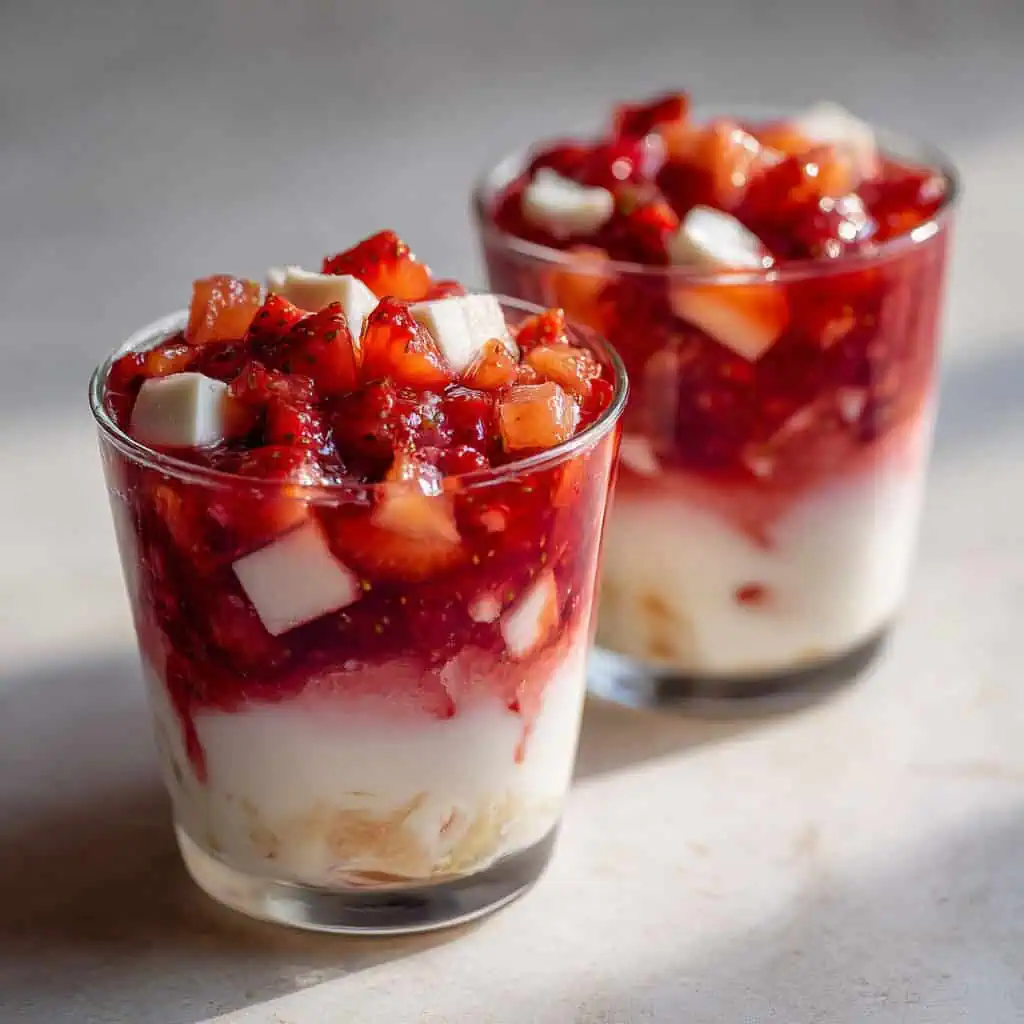
Why You'll Love This Recipe
You'll fall in love with how incredibly simple yet satisfying this strawberry taho is. It takes just 5 minutes to assemble, requires no cooking, and uses only three ingredients you can easily find. The combination of creamy, pudding-like tofu with juicy fresh strawberries creates the most refreshing texture contrast.
Plus, you can control the sweetness level by adjusting the jam amount, making it perfect for both kids and adults. It's also naturally gluten-free and much healthier than store-bought desserts.
Ingredients
- 2-4 tablespoons strawberry jam
- ½ cup silky soft tofu
- 4 large fresh strawberries, diced
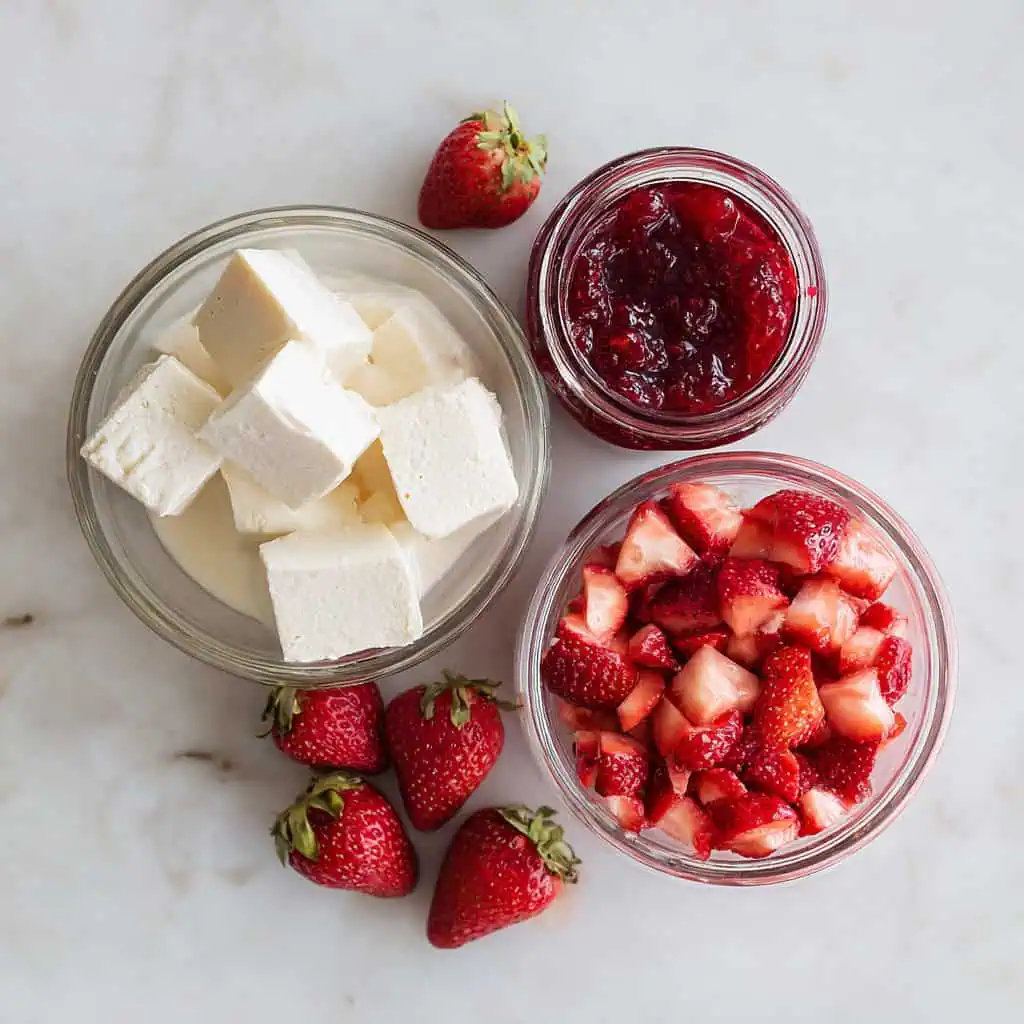
The silky soft tofu provides the signature creamy, pudding-like texture that makes taho so special, regular firm tofu won't give you the same mouthfeel. Fresh strawberries add natural sweetness, beautiful color, and a delightful burst of flavor in every bite.
The strawberry jam acts as both a sweetener and flavor enhancer, replacing the traditional arnibal syrup while keeping the preparation simple and accessible.
Equipment
Small bowl or clear glass - For layering and serving the taho; clear glass shows off the beautiful layers
Spoon - For scooping tofu and jam, and for eating
Knife and cutting board - For dicing the strawberries into bite-sized pieces
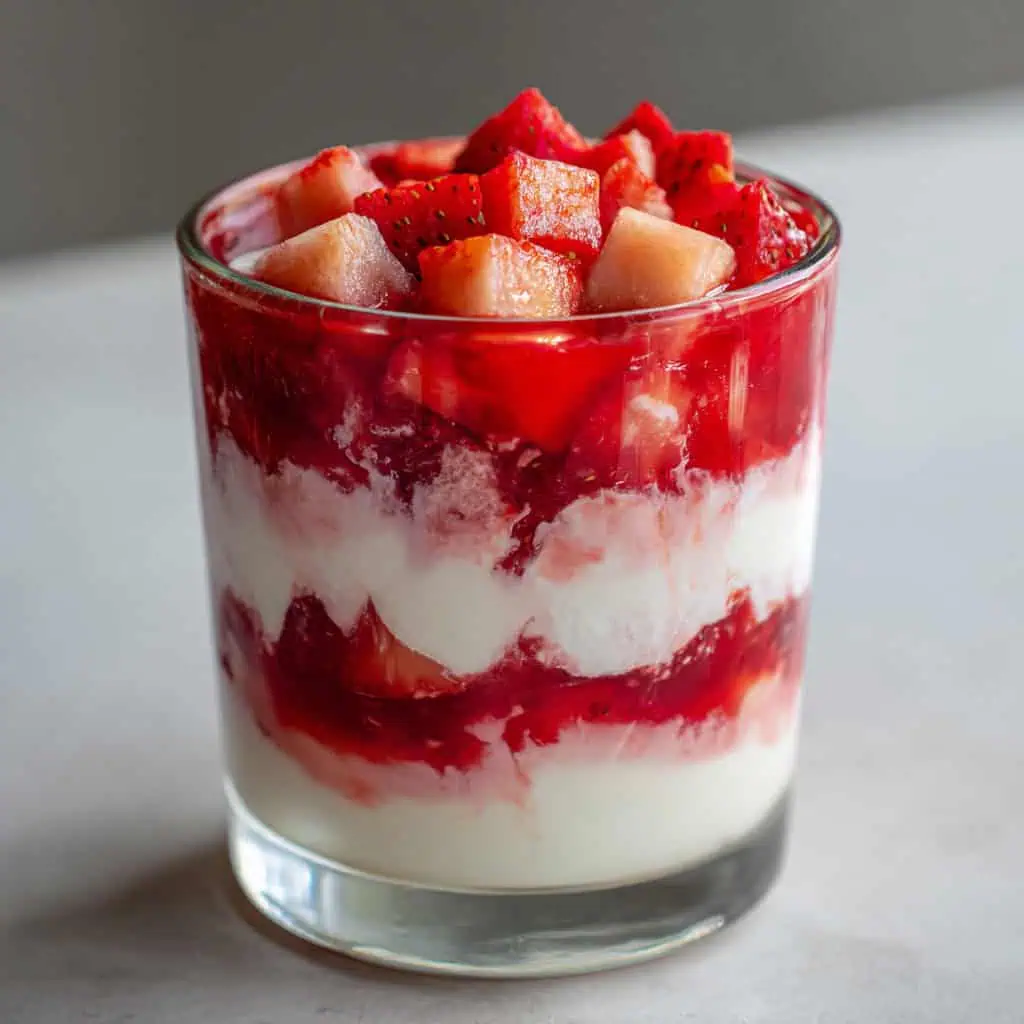
How To Make
- Start by spooning your desired amount of strawberry jam into the bottom of your serving bowl or glass. Use more jam if you prefer sweeter taho, or just a thin layer for a lighter taste.
- Add a generous layer of silky soft tofu on top of the jam, being gentle to maintain its delicate texture. The tofu should cover the jam layer completely.
- Sprinkle half of your diced strawberries over the tofu layer, distributing them evenly for the best flavor in every spoonful.
- Add another layer of tofu on top of the strawberries, creating distinct layers that look as good as they taste.
- Finish by adding another spoonful of strawberry jam on top, then crown with the remaining diced strawberries for a beautiful presentation.
- Serve immediately while the tofu is at its silkiest and the strawberries are fresh and juicy.

Tips from Lola's Kitchen
- Always use silky soft tofu (also called silken tofu) - the kind that feels like pudding when you touch it
- Choose strawberries that are bright red and slightly soft for the sweetest flavor
- Dice strawberries into small, uniform pieces so they distribute evenly in each bite
- Assemble just before serving to prevent the layers from mixing together
- Use a clear glass to show off those gorgeous pink and white layers
- Chill your tofu beforehand for an extra refreshing treat on hot days
Substitutions
- Instead of strawberry jam: Use honey, maple syrup, or homemade strawberry compote
- Instead of fresh strawberries: Try diced mangoes, peaches, or mixed berries
- Instead of silky tofu: Vanilla pudding works in a pinch, though it won't be traditional
- For sugar-free version: Use sugar-free strawberry preserves and add fresh berries only
Troubleshooting
- Tofu feels too firm: Make sure you're buying silken or soft tofu, not firm or extra-firm varieties
- Layers are mixing together: Assemble more gently and serve immediately after layering
- Too sweet or not sweet enough: Adjust the jam amount - start with less and add more to taste
- Strawberries are sour: Add an extra spoonful of jam or choose riper berries next time
Storage & Reheating
- Best eaten immediately for optimal texture and flavor
- Refrigerate leftovers for up to 1 day, though tofu may release some water
- Do not freeze as tofu texture becomes grainy when thawed
- No reheating needed - this dessert is meant to be served cold or at room temperature

FAQ
Can I make this ahead of time?
It's best assembled fresh, but you can prep ingredients up to 4 hours ahead and assemble when ready to serve
Where do I find silky soft tofu?
Look in the refrigerated section of Asian grocery stores or the international aisle of regular supermarkets
Can kids help make this?
Absolutely! This is perfect for little hands to help layer and assemble
Is this healthy?
Yes! It's high in protein from tofu, contains antioxidants from strawberries, and is much lower in sugar than most desserts
Can I use frozen strawberries?
Fresh is best, but thawed frozen strawberries work if you drain excess liquid first
Related
Looking for other recipes like this? Try these:

Fresh Strawberry Taho Recipe (5-Minute Filipino Dessert)
Ingredients
- 2-4 tablespoons strawberry jam
- ½ cup silky soft tofu
- 4 large fresh strawberries diced
Instructions
- Start by spooning your desired amount of strawberry jam into the bottom of your serving bowl or glass. Use more jam if you prefer sweeter taho, or just a thin layer for a lighter taste.
- Add a generous layer of silky soft tofu on top of the jam, being gentle to maintain its delicate texture. The tofu should cover the jam layer completely.
- Sprinkle half of your diced strawberries over the tofu layer, distributing them evenly for the best flavor in every spoonful.
- Add another layer of tofu on top of the strawberries, creating distinct layers that look as good as they taste.
- Finish by adding another spoonful of strawberry jam on top, then crown with the remaining diced strawberries for a beautiful presentation.
- Serve immediately while the tofu is at its silkiest and the strawberries are fresh and juicy.
Tips from Lola's Kitchen
- Always use silky soft tofu (also called silken tofu) - the kind that feels like pudding when you touch it
- Choose strawberries that are bright red and slightly soft for the sweetest flavor
- Dice strawberries into small, uniform pieces so they distribute evenly in each bite
- Assemble just before serving to prevent the layers from mixing together
- Use a clear glass to show off those gorgeous pink and white layers
- Chill your tofu beforehand for an extra refreshing treat on hot days
The Story Behind Strawberry Taho
Strawberry taho has its roots deeply planted in the cool mountain city of Baguio, known as the Philippines' summer capital. While traditional taho: made with soft tofu, arnibal (brown sugar syrup), and sago pearls, has been a beloved Filipino street food for generations, the strawberry version emerged as a regional specialty that celebrates Baguio's most famous crop.
The original taho tradition came to the Philippines through Chinese traders, but it truly flourished during the American colonial period. When the Americans established Camp John Hay in Baguio as a military recreation base, they brought their love for strawberries to the cool mountain climate. The high altitude and temperate weather proved perfect for growing these sweet, juicy berries that reminded homesick soldiers of their homeland.
Local Filipino vendors, always creative and adaptable, saw an opportunity to blend traditional taho with the abundant fresh strawberries growing in the region. Instead of the usual brown sugar syrup, they began incorporating strawberry flavors, creating a dessert that was both familiar and excitingly new. This innovation transformed a simple street snack into something that captured the essence of Baguio itself.
Today, strawberry taho remains one of Baguio's most iconic treats, sold by vendors throughout the city's famous Session Road and enjoyed by thousands of tourists who make the journey to the mountains. The dessert perfectly represents Filipino culinary creativity, taking a traditional dish and making it uniquely local through the use of regional ingredients.
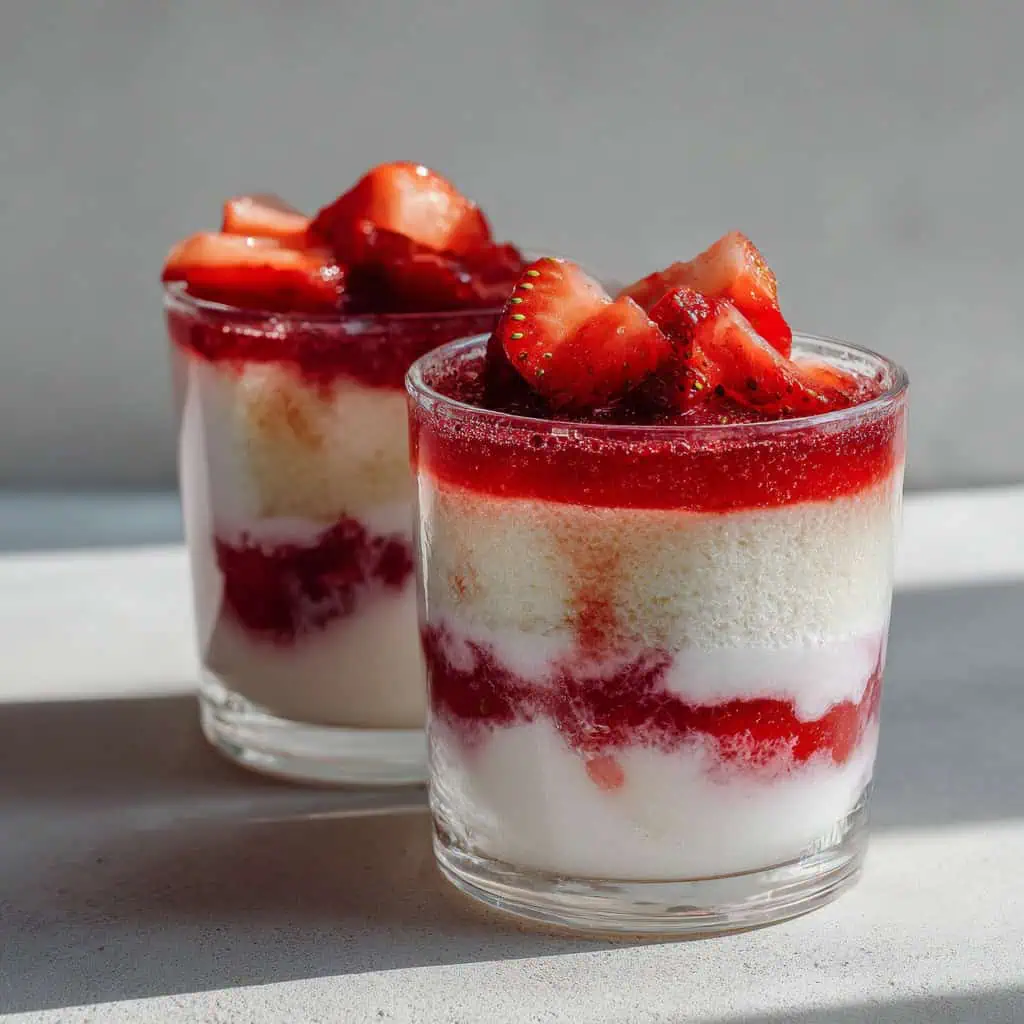





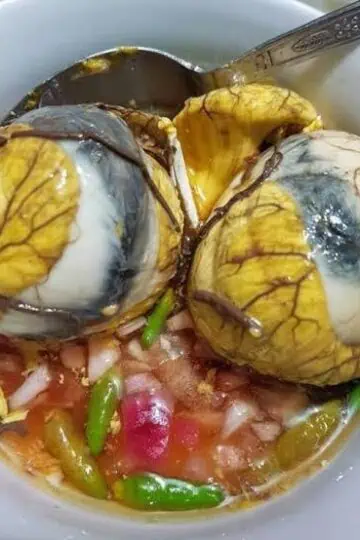
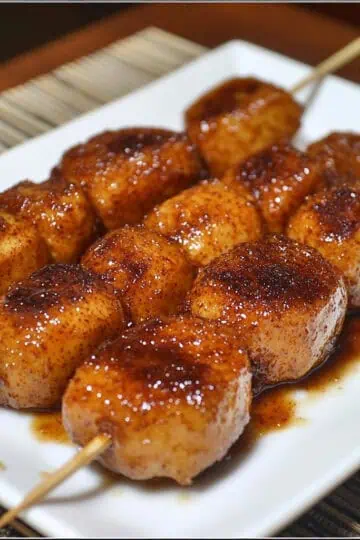
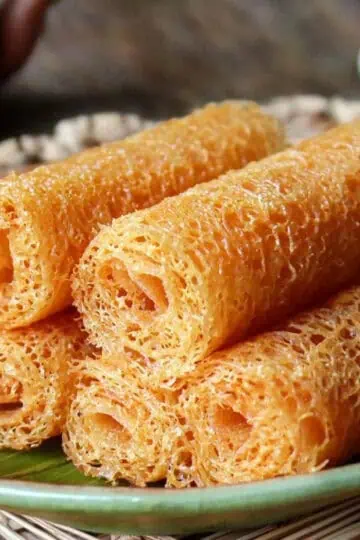
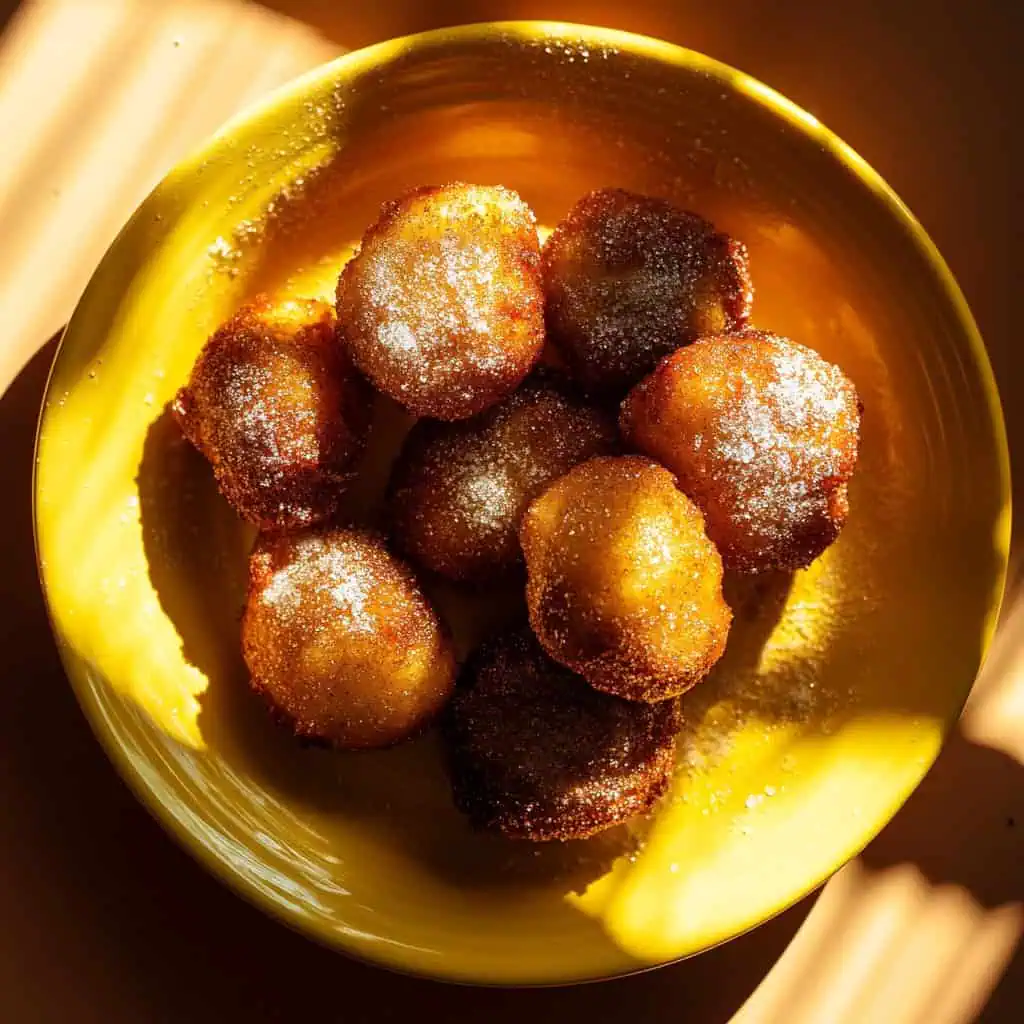
Comments
No Comments